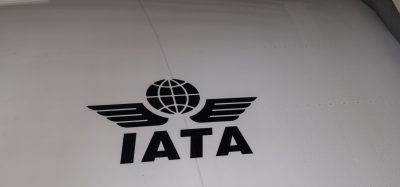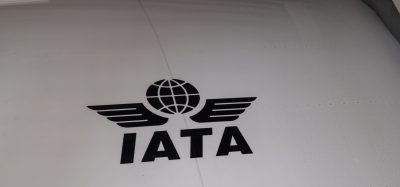New report acknowledges value of SESAR deployment but advises review
- Like
- Digg
- Del
- Tumblr
- VKontakte
- Buffer
- Love This
- Odnoklassniki
- Meneame
- Blogger
- Amazon
- Yahoo Mail
- Gmail
- AOL
- Newsvine
- HackerNews
- Evernote
- MySpace
- Mail.ru
- Viadeo
- Line
- Comments
- Yummly
- SMS
- Viber
- Telegram
- Subscribe
- Skype
- Facebook Messenger
- Kakao
- LiveJournal
- Yammer
- Edgar
- Fintel
- Mix
- Instapaper
- Copy Link
Posted: 25 June 2019 | International Airport Review | No comments yet
The efficiency of European airspace is vital to minimising delays and achieving aviation sustainability, but can we place monetary value on it? A new report from The European Court of Auditors (ECA) suggests we can.


The European Court of Auditors (ECA) has published a report on the European Union (EU)’s intervention in the deployment of SESAR.
While the report acknowledges the EU added-value of common projects, the report also claims that EU funding in support of air traffic management (ATM) modernisation was often not necessary.
SESAR Deployment Manager (SDM)’s work represents a pioneering initiative to put in place ATM research solutions, and the rules governing the project have always included a review clause to adjust any shortcomings.
Therefore, the SESAR Deployment Alliance (SDA), acting as the SDM, is fully supportive of the ECA’s objective of ensuring public money is well spent in addressing the needs of the European economy and its citizens.
Nicolas Warinsko, General Manager of SESAR Deployment Manager, said: “The ECA’s report suggests EU funding was unnecessary, yet the ECA’s report does not recommend a stop to funding. This is because of the progress in synchronising ATM modernisation, in the context of SESAR deployment. Modernising Europe’s ATM is not only necessary to reduce delays, but also of key importance to battle climate change and achieve greater sustainability.
“The result of pro-active coordination co-funded by the EU is that nearly 90 per cent of the Regulation is either completed, on-going or planned. It is this high level of preparation and anticipation by all stakeholders, which is the actual benefit of the EU investment in SESAR Deployment Manager.”
The Pilot Common Project (PCP) is an Implementing Regulation (IR), in other words, an EU law binding EU Member States and their stakeholders to implement up to six new ATM functionalities by 2025. The binding nature is totally independent from any potential EU financial support. However, the EU financial support has been instrumental for stakeholders to bridge negative business cases that otherwise, would at least have slowed down deployment to the detriment of ATM network performance.
Past experiences have shown that IRs are required to set clear objectives to the ATM community but are insufficient to ensure that the community is getting ready in a synchronised way, ahead of regulatory deadlines.
The need for EU funding arose from experience gained through other IRs (e.g. data link services (DLS), surveillance performance and interoperability (SPI), automatic dependent surveillance – broadcast (ADS-B)) stimulating a coordinated and synchronised implementation by all impacted stakeholders, well ahead of the regulatory deadlines, that significantly increased final compliance and overall performance benefits.
The ECA Report also refers to SDM being subject to potential conflicts of interests. Since the Commission considers very seriously any issue relating to conflict of interest, it was a major requirement in the open call through which SDA has been appointed as SDM to demonstrate mechanisms to avoid any situation of conflict of interest.
Warinsko continued: “As SESAR Deployment Manager, we do not intervene in the awarding of Union grants to ATM modernisation projects. This is the responsibility of the European Commission with the support of the Innovation and Networks Executive Agency (INEA).
“However, SDA will continue working with the implementing partners in further improving the transparency and documentation of the clusterisation process leading to the submission of applications for EU grants to INEA.
“SDA insists that an upstream intervention in the submission process is required to screen the candidate projects from the very beginning, identify potential duplication and complementarities, supporting merger when beneficial and strengthening the defragmentation of SESAR implementation.”
Related topics
Aeronautical revenue, Air traffic control/management (ATC/ATM), Capacity, Regulation and Legislation
Related organisations
European Commission (EC), European Court of Auditors (ECA), European Union (EU), SESAR


















